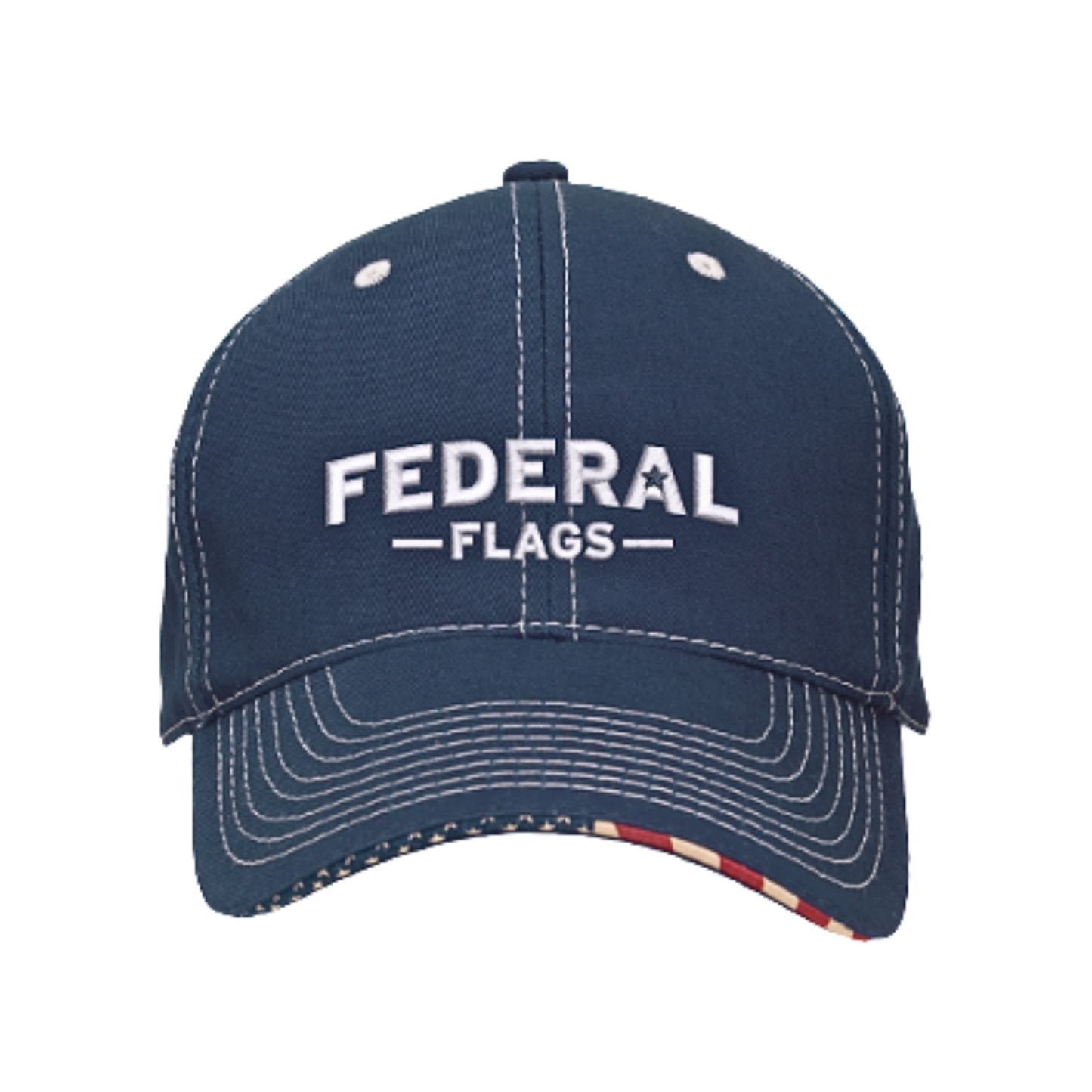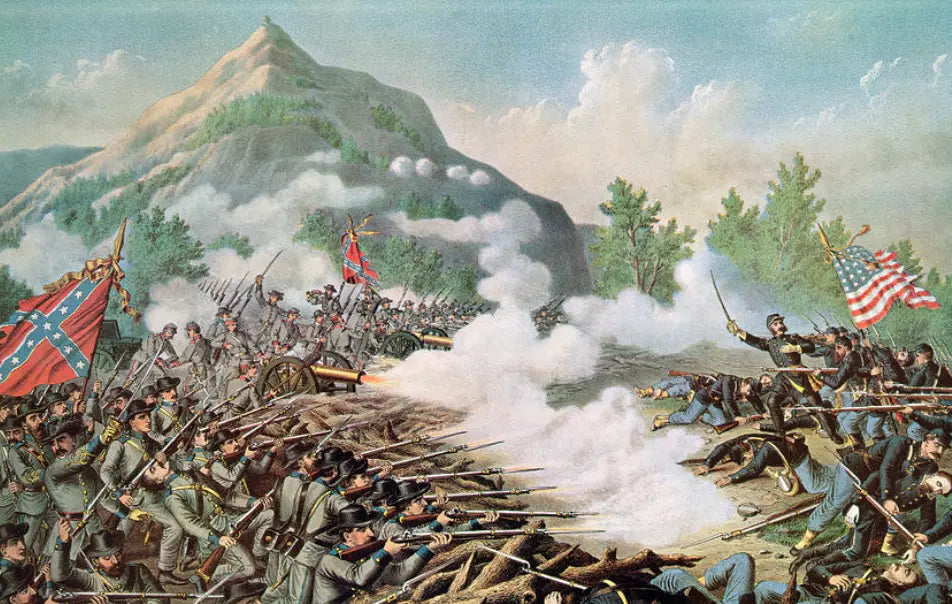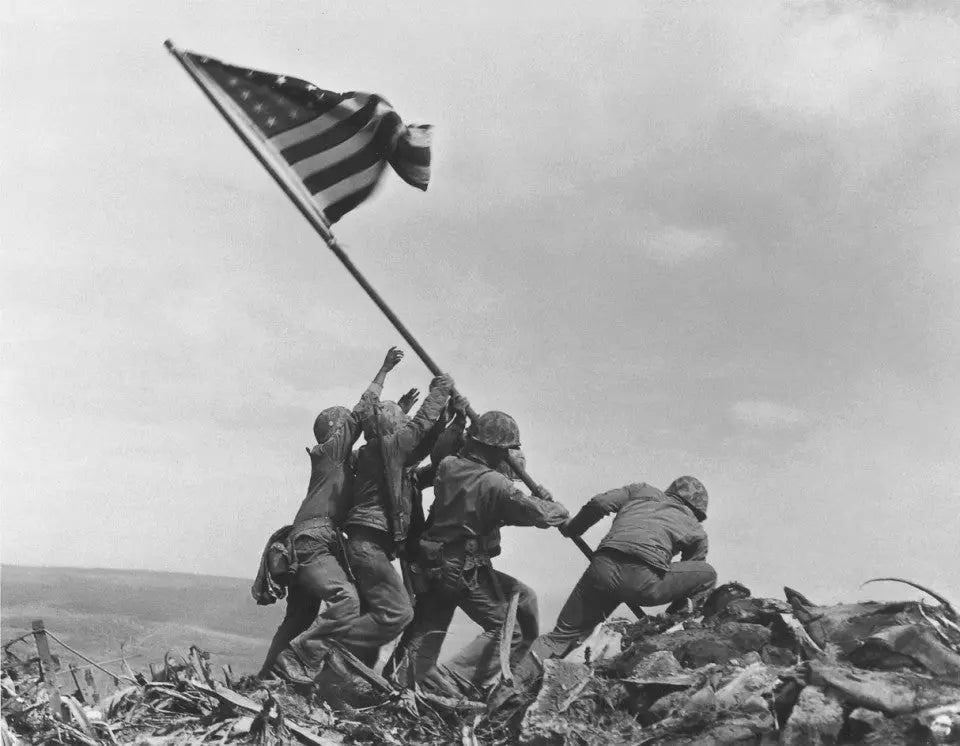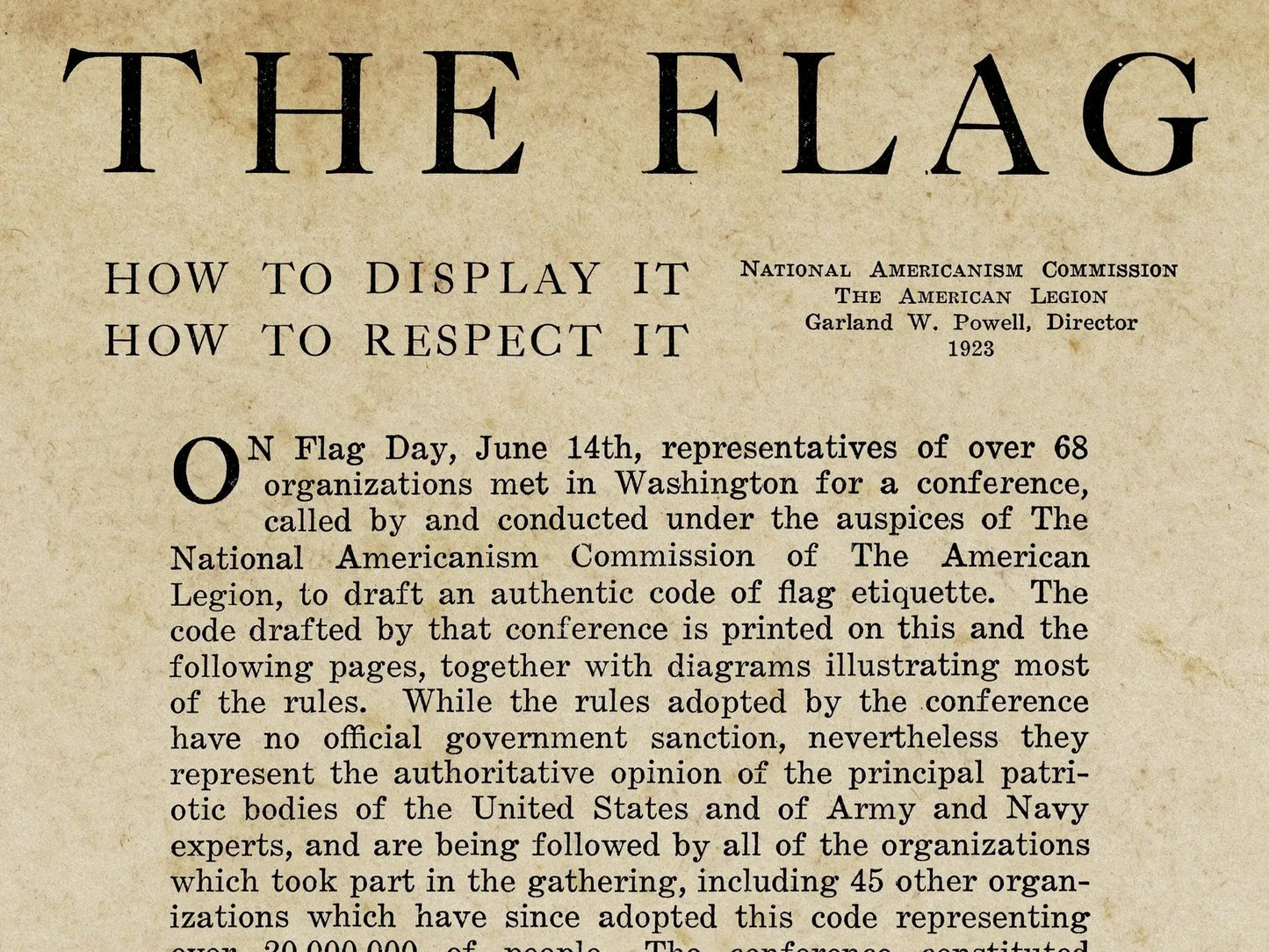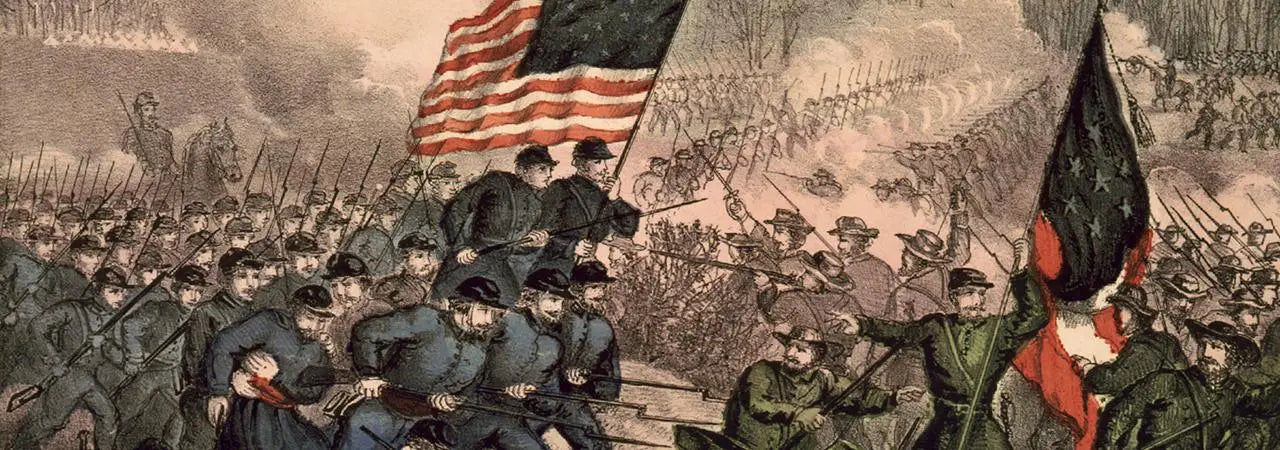With purchase of a Flagpole or Flagpole Kit until Labor Day!
At Federal Flags, we appreciate the vast power of flags of all types to represent and rally countless groups and causes in a moving and transcendent way that is instantaneous and often beyond the scope of mere words. Of course, our most popular flag is the American Flag, the more than 250-year-old “Star-Spangled Banner.” In times of peace, our national banner has sparked gratitude in citizens for our national unity and perseverance and motivated change so that our unwavering commitment to “liberty and justice” for all refuses to falter. In times of war, the American Flag has served as a rallying beacon throughout the trials, tribulations, and sacrifices inherent in armed conflicts. Thus, the American Flag has served U.S. citizens as much as U.S. citizens have served the U.S. Flag. In a very palpable way, flags have shaped our history, and history has shaped our flags.
But while the American Flag is certainly the banner most capable of galvanizing U.S. citizens and representing our eternal commitment to values like liberty and a never-say-die attitude, countless other flags have influenced our history as well. During the American Revolution, Patriot forces employed several flags to identify their units and provide a rallying point for their troops. During the Civil War, regimental flags were so beloved by the troops fighting under either side that scores of men would vie for the high privilege of holding their regimental flagstaffs and flying their unique and often colorful banners, even though being entrusted with this honor often meant almost certain death from bullets fired by enemy soldiers searching for a conspicuous target amidst the smoke and confusion of the battlefield.
The flags we fly largely reflect our most cherished values. These values, in turn, shape our history and the course that history ultimately takes. Join us in American History Unfurled for a firsthand appreciation of the manifold ways these dual truths have shaped the United States of America, in good times and bad, throughout its proud existence.
The Battle of Kennesaw Mountain on June 27, 1864, was a brutal but ultimately unsuccessful Union assault against entrenched Confederate forces, marked by extraordinary acts of courage, staggering casualties, and a symbolic stand for American unity and sacrifice.
During the War of 1812, Mary Pickersgill’s hand-sewn flag made from the wool of English sheep, along with Francis Scott Key’s inspired poem, helped create the enduring symbol of American resilience now known as the Star-Spangled Banner.
The fierce Battle of Iwo Jima saw Marines fight through deadly defenses to capture Mount Suribachi. Joe Rosenthal’s iconic photo of the flag raising captured a moment of courage and unity, becoming an enduring symbol of American strength and sacrifice.
Flag Day and the U.S. Flag Code helped shape how Americans honor Old Glory, with several editions refining the rules over time to keep this symbol of unity and history respected.
At the First Battle of Bull Run, Confederate troops nearly lost a critical victory when their flag was mistaken for the Union’s. The scare inspired a bold fix that would birth the South’s most iconic and controversial banner.
At Antietam, the 1st Texas charged through smoke and chaos, suffering the highest casualty rate of any regiment in a single Civil War battle and losing their flag in the fight.

